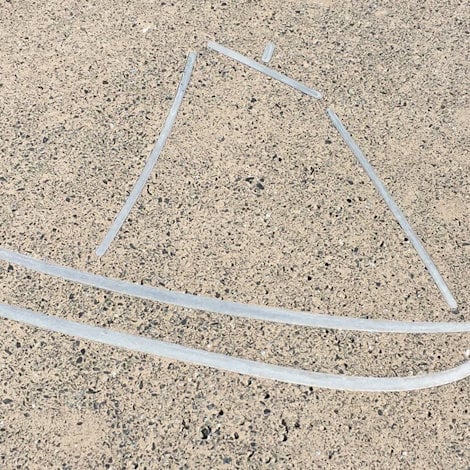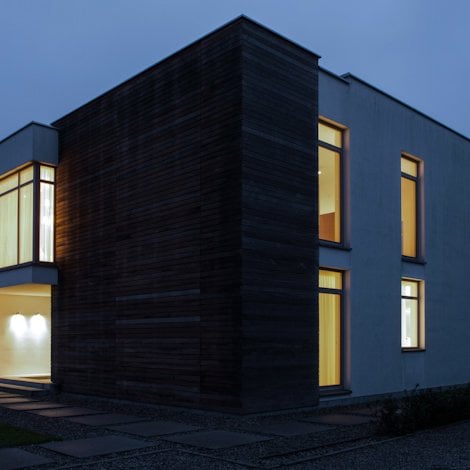How BIM is digitalizing the construction industry
Building Information Modeling (BIM) may be the most important process in creating the future of the construction sector. Which means it should be important to you. But what is it in reality?
I still hear people say that BIM is only a 3D toy for CAD enthusiasts. That it is work without the benefits. This is not true. A key element to 3D tools for architects is the inclusion of technology for creating BIM files within their models.
By structuring and storing important data, BIM forms the basis for decision making, from the initial design ideas to renovation to the reuse of these components or their materials.
The objective of BIM is not to produce 3D CAD files. It is to describe the planned components, such as windows or facades, in terms of their properties. I’m thinking of U-value, windproof and static properties.
The description of a component then occurs geometrically (ideally with a CAD drawing) and in a kind of spreadsheet format, with image and text.
BIM improves productivity
BIM can clearly help your business grow. It is especially good if your company is not the No. 1 player in your market, because doing it right can give you a leg up on the competition.
Start with the design phase of the architect. Using BIM, you have an opportunity to describe in the tender document each product used in the design phase. This is key, because if you can provide product data – geometry and attributes – as a model, you will increase your chances of winning the contract.
In addition to providing benefits in the construction phase and operation phase, BIM also gives you the ability to position your company in after-sales. You can do this with maintenance instructions and by defining maintenance cycles, as well as service options for the commissioning, servicing and dismantling of components.
Important questions to answer about BIM
Before you decide to use BIM, answer these questions:
- What is the purpose of BIM?
- Who is the user of the information?
- Why and what information is needed?
- What is the company's strategy for the use of the data?
- Who should prepare and maintain the data?
- What data are important for my company?
- What is needed, what is only "nice to have?”
- What software is used?
- What functionality does it have?
- Who will make the information available?
- Which information?
- In what form, what format?
- Who owns and is responsible for the information/data?
Understand the right level of detail
When considering BIM as a possible focus in your company strategy, you should define the “dimension” of BIM you want to achieve. You can choose BIM 4D or BIM 5D, but BIM 3D is most often practiced today. This may include collision check, animation/rendering, design and prefabrication in addition to the 3D modeling. The latter is often combined with the 3D laser scanning method for digital measuring and for point cloud determination of existing buildings.
BIM 3D often means creating an "image" with the greatest possible degree of detail. But this is again up to you. My advice? Define the level of detail by the requirements for the purpose. This will allow you to keep your BIM as simple as possible, yet as detailed as necessary.








